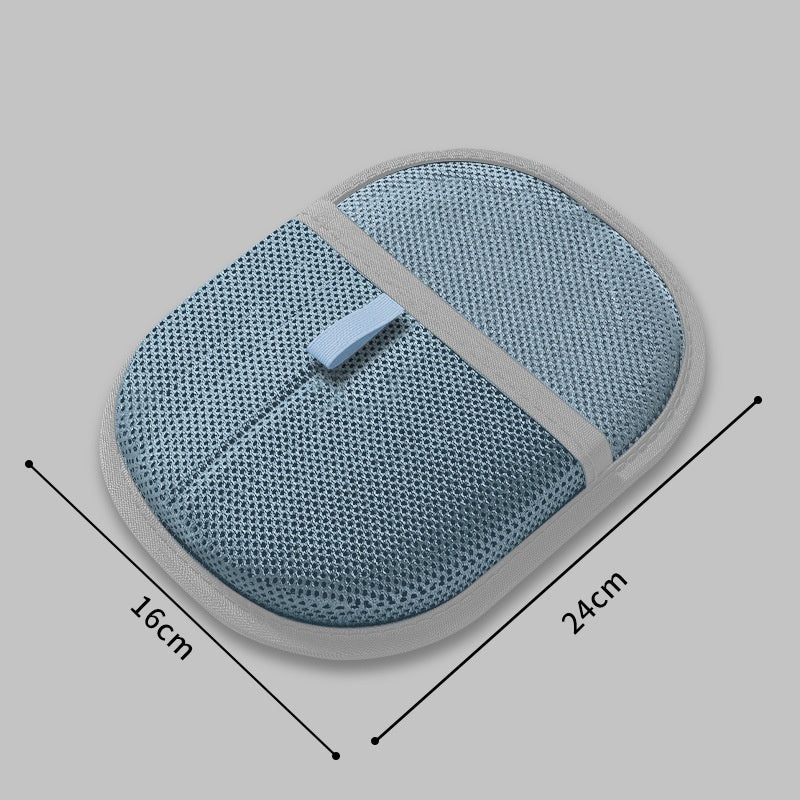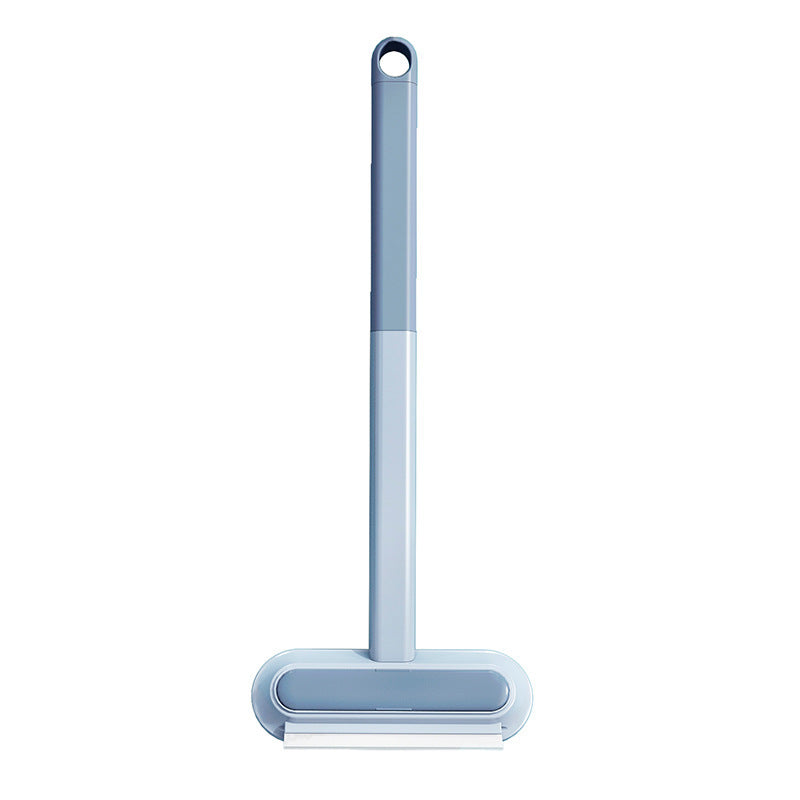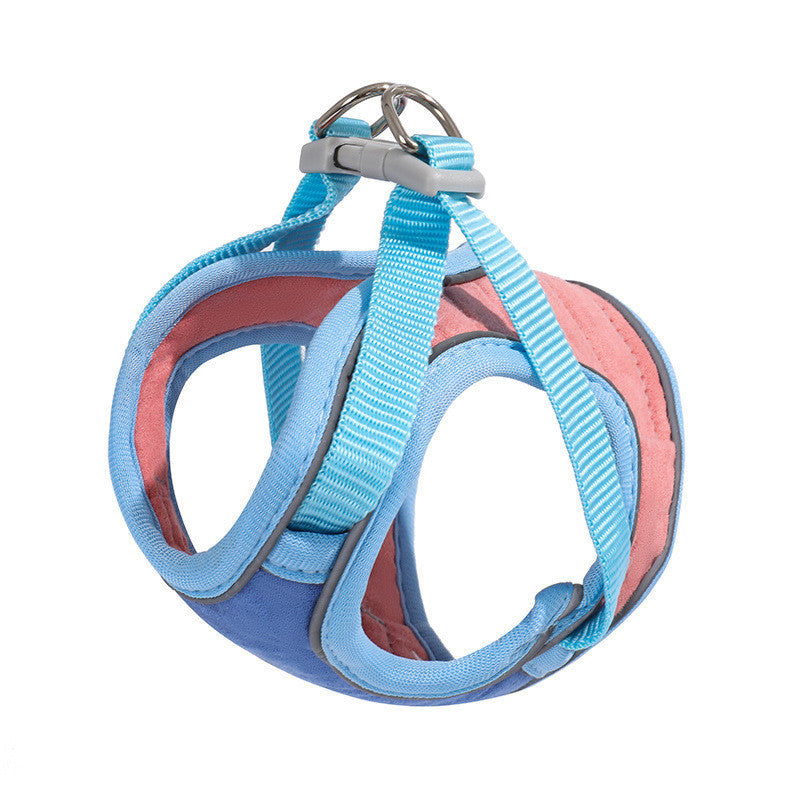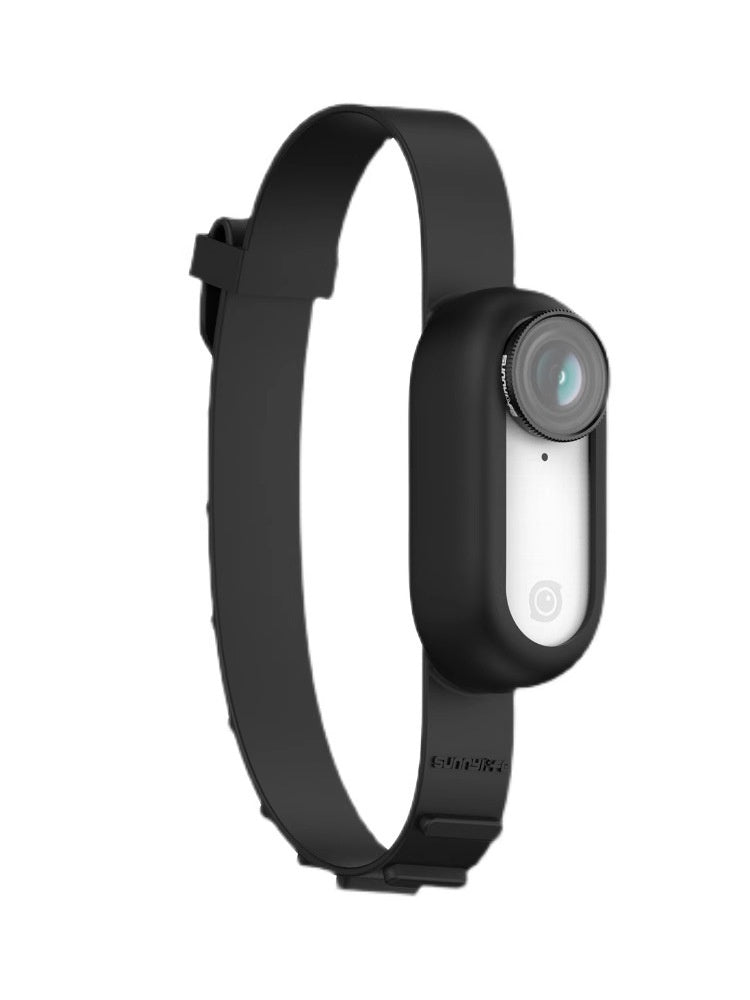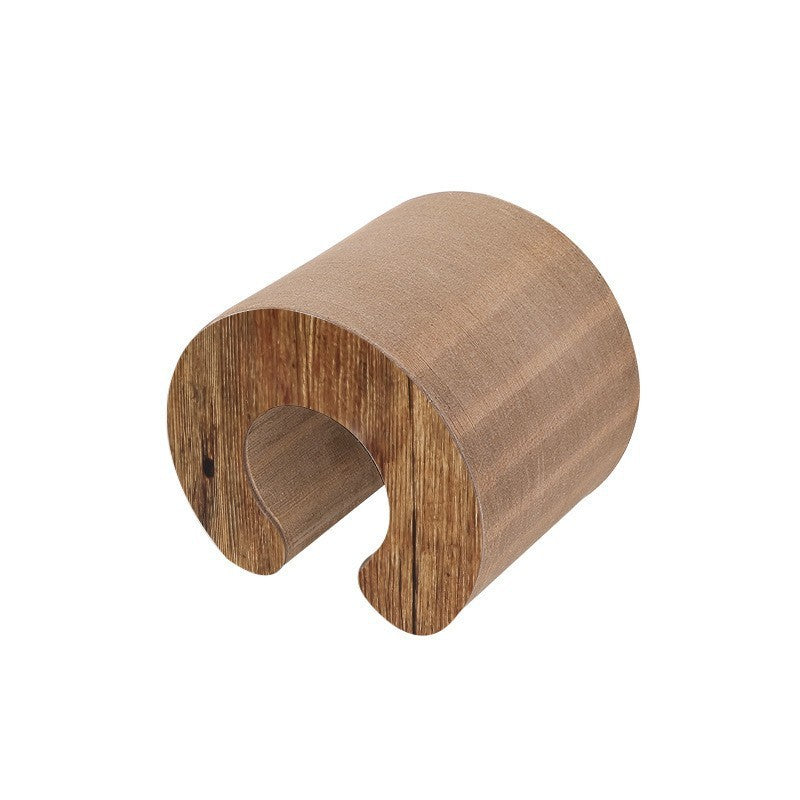Natural disasters, sudden illnesses, and unexpected evacuations can occur without warning, making emergency preparedness essential for responsible pet ownership. A thoughtfully assembled cat emergency kit ensures you can provide immediate care and comfort during stressful situations. In this blog, we'll guide you through creating a comprehensive emergency kit tailored to your cat's needs.
Medical supplies: Include basic first aid items like gauze pads, medical tape, antiseptic wipes, and hydrogen peroxide (only use under veterinary guidance). Pack any prescription medications your cat takes regularly, along with copies of vaccination records and medical history. A digital thermometer designed for pets and emergency contact information for your veterinarian and nearest emergency animal hospital are essential.
Food and water provisions: Store at least three days' worth of your cat's regular food in sealed containers, rotating stock regularly to maintain freshness. Include collapsible water and food bowls, and consider water purification tablets if your emergency might involve compromised water supplies. Don't forget a manual can opener if your cat eats canned food.
The NSW State Emergency Service (SES) and Animal Welfare Victoria recommend storing at least three to seven days’ worth of your cat’s regular food and water, along with collapsible bowls and a manual can opener if needed. Rotate food supplies regularly to ensure freshness, as suggested by emergency preparedness guides across Australia.
Comfort and containment: Pack a sturdy carrier large enough for your cat to stand and turn around, along with familiar bedding that carries your scent. Include toys that provide comfort and distraction during stressful situations. A harness and leash can be crucial if your cat needs to be moved quickly or contained in an unfamiliar environment.
Sanitation supplies: Disposable litter boxes or a collapsible litter pan, along with enough litter for several days, ensures your cat can maintain hygiene during displacement. Include waste bags, cleaning supplies, and paper towels for quick cleanup in temporary accommodations.
RSPCA Australia recommends including disposable or collapsible litter trays, enough litter for several days, waste bags, and cleaning supplies in your kit. These items help maintain hygiene and comfort for your cat during displacement.
Important documents: Store copies of identification documents (including photos), medical records, and registration information in waterproof containers. Include contact information for pet-friendly emergency shelters or hotels in your area, as well as out-of-area contacts who could provide temporary housing.
| Category | Essentials | Why It’s Important |
|---|---|---|
| Medical Supplies | Gauze, tape, antiseptic, thermometer, meds | Treat injuries, manage health, contact vets |
| Food & Water | 3–7 days’ food/water, bowls, can opener | Maintain nutrition, hydration in emergencies |
| Comfort & Containment | Carrier, bedding, toys, harness, leash | Safe transport, reduce stress |
| Sanitation | Litter tray, litter, waste bags, cleaners | Maintain hygiene during displacement |
| Important Documents | ID, medical records, shelter contacts | Prove ownership, access services, stay safe |
| Maintenance & Practice | Regular checks, practice evacuations | Ensure readiness, reduce panic |
Regular kit maintenance involves checking expiration dates on medications and food supplies every six months, updating emergency contacts as needed, and ensuring your cat remains comfortable with their emergency carrier through occasional non-emergency use.
Consider practicing emergency scenarios periodically, knowing you can quickly locate and load your cat into their carrier during a real emergency reduces stress for everyone involved.
Step-by-Step Guide: Assembling a Cat Emergency Kit
-
Gather Medical Supplies:
- Include gauze, medical tape, antiseptic wipes, and a pet thermometer.
- Pack prescription medications, vaccination records, and medical history.
- Add emergency vet contact details.
-
Store Food and Water:
- Keep at least 3–7 days’ worth of your cat’s regular food and water.
- Include collapsible bowls and a manual can opener.
- Consider water purification tablets.
-
Prepare Comfort and Containment:
- Pack a sturdy, familiar carrier with bedding.
- Include comfort toys and a harness and leash.
-
Include Sanitation Supplies:
- Add a disposable or collapsible litter tray and enough litter for several days.
- Pack waste bags, cleaning supplies, and paper towels.
-
Organise Important Documents:
- Store waterproof copies of identification, medical records, and registration.
- Include contact info for pet-friendly shelters and out-of-area contacts.
-
Maintain and Practice:
- Check and rotate supplies every six months.
- Practice evacuation with your cat.
- Ensure all household members know the kit’s location and contents.
Remember that emergency situations often separate families, so ensure all household members know where the emergency kit is stored and how to use its contents. Your advance preparation could be the difference between chaos and manageable crisis when your cat needs you most.
FAQs: Cat Emergency Kits
Q: What should I include in my cat’s emergency medical kit?
A: Include gauze, medical tape, antiseptic wipes, a pet thermometer, and any prescription medications. Add your vet’s contact details and emergency animal hospital information.
Q: How much food and water should I store?
A: Store at least 3–7 days’ worth of your cat’s regular food and water, along with collapsible bowls and a manual can opener if needed.
Q: Why should I include comfort items in my kit?
A: Familiar bedding, toys, and a sturdy carrier help reduce stress for your cat during emergencies and make transport safer.
Q: What sanitation supplies are needed?
A: Include a disposable or collapsible litter tray, enough litter for several days, waste bags, and cleaning supplies.
Q: What documents should I keep in my emergency kit?
A: Store waterproof copies of your cat’s identification, medical records, and registration, plus contact info for pet-friendly shelters and out-of-area contacts.
Q: How often should I check my emergency kit?
A: Check and rotate supplies every six months, and practice evacuating with your cat to ensure everyone is prepared.
























